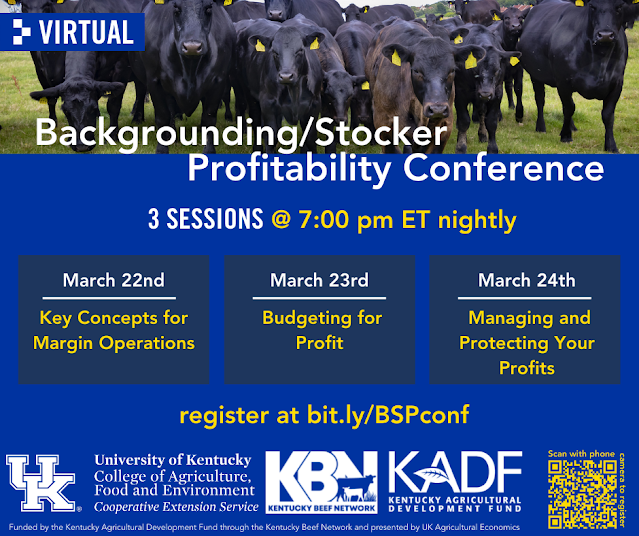Matt Booher, Virginia Cooperative Extension
Do you have crop field that didn't get a cover crop planted last fall--or maybe it was planted too late and established poorly? Could you use some extra spring grazing or haylage? A spring annual planted now could provide quick protection from soil erosion and high-quality feed for your livestock this spring.
Common options include spring oats, spring barley, or spring triticale. Sometimes spring peas, annual ryegrass, or brassicas are also included to add some diversity. Its important to select spring varieties, because winter varieties may not vernalize and produce the tonnage desired.
About 50 lbs./acre of nitrogen should be applied at planting in order to ensure quick growth and good yields, even when legumes are included in the mix. If grazing the spring , much of this nitrogen can be recovered by the crop that follows--as long as you manage grazing to ensure that manure and urine are deposited relatively uniformly across the field.
Spring annuals can grow and mature relatively quickly, so, depending on your animal numbers, you may be able to start grazing as soon as 40 or 45 days after planting. If harvesting as haylage, the soft dough stage provides a good combination of yield and forage quality.






